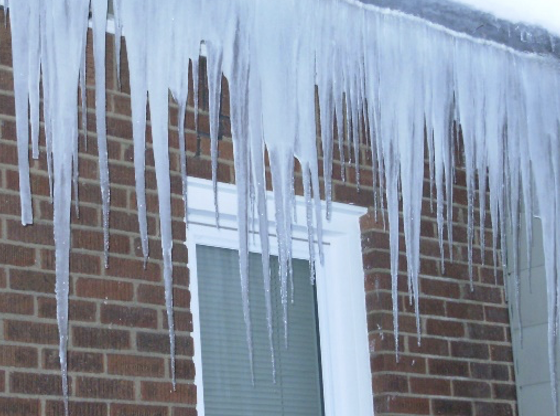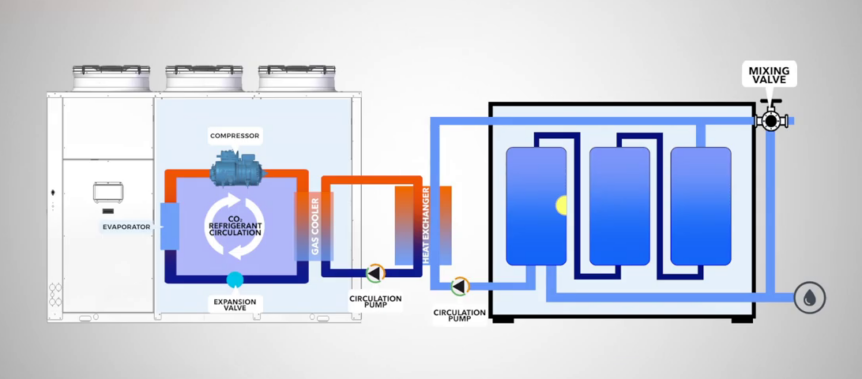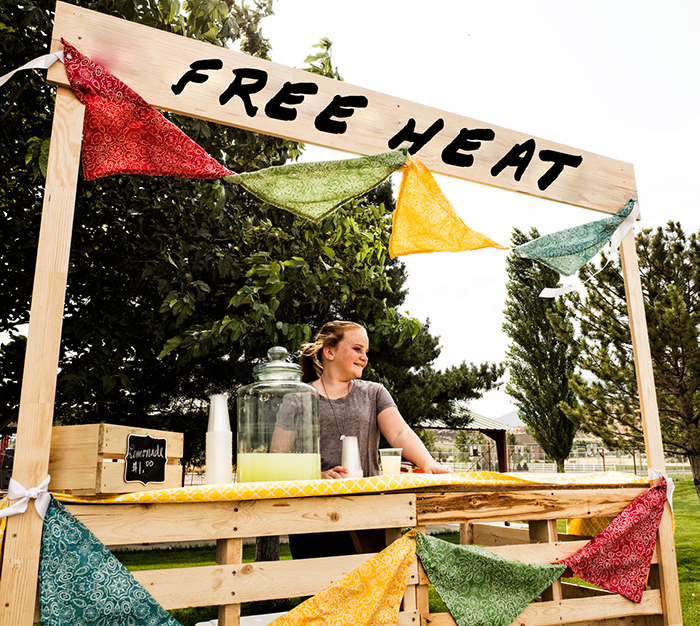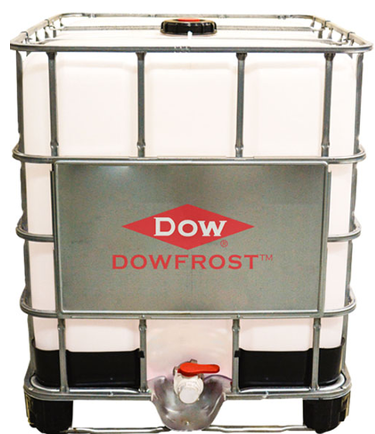Hot water availability in many commercial and institutional buildings is critical. Engineers also know that these service water systems are generously sized for the peak …
Heat Pump Water Heaters: Hot Water Recirculation (Part 6)
How does the commercial heat pump water heater, using the preferred R-744 refrigerant, handle the domestic hot water recirculation load? The R-744 (carbon dioxide) heat …
Heat Pump Water Heaters: Parts and Pieces and Storage (Part 5)
What does a commercial air source heat pump water heater look like? Where will it be located and what are the major components that the …
Hydronic Piping – Can it be Too Oversized? Radiant Panel System Example
We recently were asked about the use of ¾” hydronic pipe runouts on a radiant panel system. The contractor had a concern about the long …
Heat Pump Water Heaters: Temperatures & Storage (Part 4)
Commercial heat pump water heaters using R-744 (CO2) refrigerant operate best when attention is paid to the piping and storage tank arrangement. Today, in part …
Heat Pump Water Heaters: Refrigerants and Weather (Part 3)
Heat pump water heaters use the heat pulled from the water or air source to heat the domestic water. Most of the time the commercial …
Heat Pump Water Heaters: How They Work (Part 2)
Heat pump water heaters have a place in the decarbonization efforts by building plumbing designers, contractors, and engineers. Heat pumps have been part of the …
Heat Pump Water Heaters: The Road to Decarbonization (Part 1)
Building plumbing design will always include the need for a domestic hot water heater. Plumbing engineers will traditionally look at gas fired tankless or tank …
Glycol Pressure Drop Corrections for Hydronic Systems (Part 2)
Last week the article covered pressure drop correction calculations. Today we offer you some handy charts to use for second glycol correction pressure drop. Example: I have calculated the water piping pressure drop through a chilled water system to be 80 feet using the System Syzer. Question: What is the pressure drop if I have 50% Ethylene Glycol/Water with temperatures of 45°F to 55°F? Answer: The average temperature is 50°F, so my factor is 1.47. [Read more…]
Pressure Drop Corrections for Glycol in HVAC Systems (Part 1)
Question: I have selected my piping friction loss based on water, but I am pumping a glycol solution. What correction do I use? Answer: There are three glycol corrections when designing a hydronic or process cooling system; heat transfer correction, pressure drop correction, and pump curve correction. This R L Deppmann Monday Morning Minute defines the second of three glycol corrections. [Read more…]








